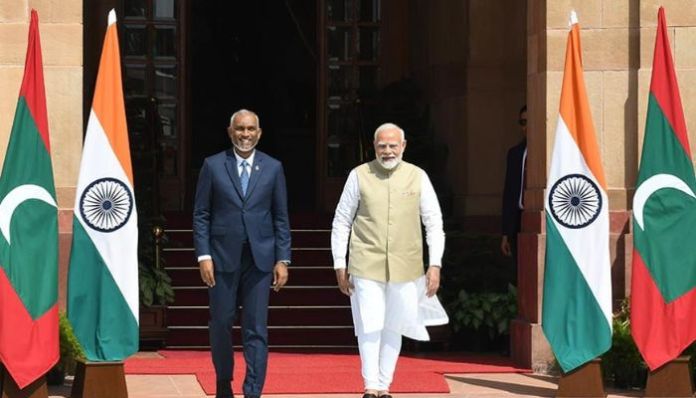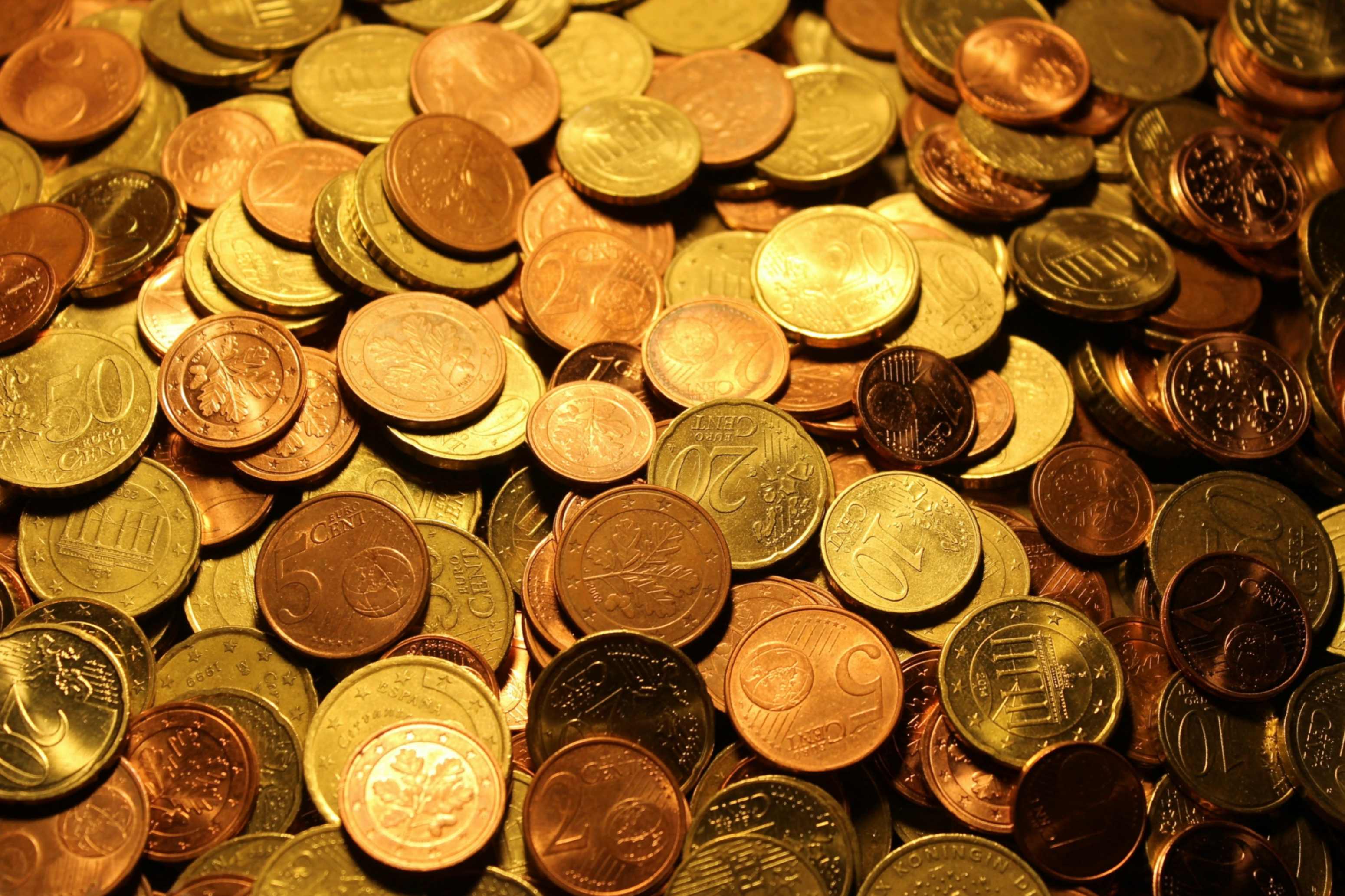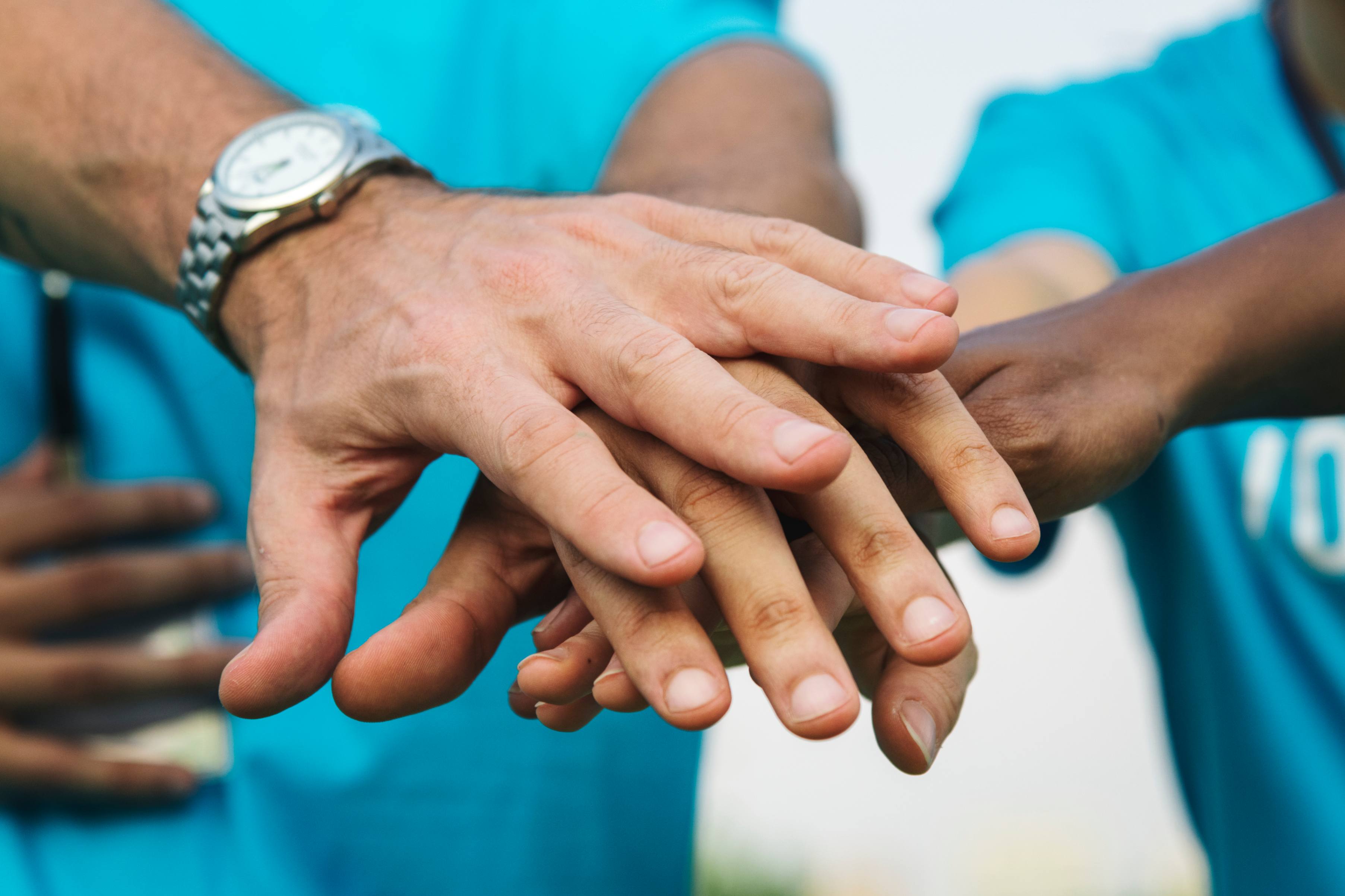Prime Minister Narendra Modi is set to make his way to the Maldives from 25th to 26th July, in what is considered a major attempt to restore and strengthen connections with India’s sea-faring neighbour. It will be his third visit to the Maldives, and more importantly, the first official visit from any Head of State or Government to the country since the assumption of office by Dr. Mohamed Muizzu as President.
PM Modi will first visit the United Kingdom from 23rd to 24th July, at the invitation of UK Prime Minister Sir Keir Starmer. During his fourth visit to the UK, PM Modi will engage in extensive talks with Starmer on all aspects of India-UK relations, such as trade, technology, education, defence, and climate change. Modi will also be calling on King Charles III.
But the spotlight is clearly on the his second visit in the coming week, the Maldives visit from the 25th to the 26th of July. The trip comes at a delicate but important moment for India-Maldives ties, especially after the ups and downs of the past year.
First high-level visit after a year of strain
Modi’s visit to the Maldives will be symbolic and strategic. He has been invited as the ‘Guest of Honour’ at the 60th Independence Day celebrations of the Maldives on 26th July, 2025. This is not just an official visit; it carries a deeper diplomatic message.
India-Maldives relations have been in a troubled period since November 2023, when President Mohamed Muizzu assumed office. Muizzu had backed the “India Out” movement, a political movement that pushed for the evacuation of Indian troops from the island republic, during his campaign for the presidency. This movement gathered momentum and created tension between India and the Maldives.
Things got worse in early 2024 when two ministers from Muizzu’s cabinet made insulting remarks about Prime Minister Modi on social media. These posts were in reaction to Modi’s promotional campaign for tourism in Lakshadweep. Many interpreted it as a move to project Indian islands as an alternative to the Maldives. In reaction, many Indian social media users launched the “Boycott Maldives” campaign. Indian tourist arrivals, a chief source of revenue for the Maldives, fell suddenly.
But both sides also attempted to de-escalate tensions. India offered to substitute its military personnel stationed for managing aircraft operations with civilian engineers. New Delhi also granted a currency swap facility and raised the financial assistance extended to the Maldives in the budget 2025, providing ₹600 crore, a major increase from the ₹470 crore provided in 2024–25.
Muizzu’s attempt to rebuild ties
Maldives President Muizzu himself, who ran an anti-India campaign before his election, came to make a move to re-establish ties with India. Both ministers who had previously made anti-India remarks resigned in September 2024, when Muizzu was set to embark on an official visit to India. Although officially cited as due to “personal reasons,” their resignations came at a time that raised eyebrows and suggested a shift in diplomatic strategy.
On 9th June, 2024, Muizzu travelled to India for the swearing-in ceremony of PM Modi, among other leaders from neighbouring and Indian Ocean countries. Upon returning, Muizzu termed the visit a “success” and declared he was “delighted” with the invitation. He has since indicated his readiness to enhance relations with India, even going so far as to declare that he would be visiting India “very soon” for bilateral talks.
From China’s embrace to balanced diplomacy
After assuming power, Muizzu’s presidency was seen as heavily inclined towards China. His first official overseas visit was to China in January 2024, during which he signed 20 significant agreements with Beijing, including those on military and financial cooperation. This was a marked change from the usual practice of new Maldivian presidents visiting India first.
The Maldives’ ties with China over the last decade have strengthened, particularly under China’s Belt and Road Initiative (BRI). Since it entered the BRI in 2014, the Maldives has taken on approximately $1.4 billion from Chinese banks, almost 20% of its overall public debt. Beijing has also financed gigantic infrastructure projects such as the China-Maldives Friendship Bridge, costing $200 million.
The upgraded relationship also offers potential benefits to China. The Maldives sits along one of the busiest maritime trade passages in the Indian Ocean, through which nearly 80 per cent of Chinese oil imports flow. Analysts say Beijing wants Malé to remain a friendly regional military presence to help safeguard its access to oil from the Persian Gulf.
But this increasing proximity was not without concerns. People observed that China was attempting to establish clout in the Indian Ocean via countries such as the Maldives and Sri Lanka, possibly threatening India’s strong position in the region. The Maldives’ strategic position close to major international shipping lanes makes the country geopolitically desirable for nations such as China.
But all that seems to be changing. Maldives and Sri Lanka are starting to resent Chinese loans. With a struggling economy and debt crisis, the Maldives now seems keen to rebalance its foreign policy, and that means aligning itself with India again.
India and Maldives: A historic partnership
India and the Maldives have a long relationship that goes back to 1965 when the island nation became independent from British domination. Throughout the decades, India has been a first responder whenever there was an emergency in the Maldives, it was the “Operation Cactus” of 1988, the tsunami in 2004, or the COVID-19 pandemic.
In addition to defence ties, India has funded various infrastructure, health, and education projects in the archipelago. On 18th May, 2025, the two nations signed 13 Memoranda of Understanding (MoUs) to enhance ship operations in the Maldives under a ₹100 crore grant. Foreign Minister of Maldives, Abdulla Khaleel, stated at the time that India’s assistance has always been “purposeful, meaningful, and aligned with the needs of the Maldivian people.”
Maldives is a priority partner in India’s “Neighbourhood First” policy, and its Vision MAHASAGAR (Maritime Association for Holistic Advancement in the South Asian Growth and Resilience) to boost regional stability and connectivity.
A strategic reset in the Indian Ocean
The importance of Modi’s Maldives visit lies in the broader regional picture. It is not just about resetting bilateral ties, it’s about reasserting India’s role in the Indian Ocean at a time when China’s presence is growing.
China had made strong inroads in the Maldives in recent years, but with the current diplomatic moves and economic dependencies, Maldives appears to be moving back towards India. Modi’s presence at the Independence Day celebrations is not just symbolic; it is a sign that India’s soft diplomacy and neighbourhood engagement are paying off.
In an era when most nations are reconsidering their excessive reliance on China, whether Sri Lanka re-negotiating loans or Maldives too appears to be striking its balance. In re-engaging with India, Male is looking for economic security as well as diplomatic safety.
The Maldives had seemed to be drifting away from India under the burden of anti-India polemics and expanding Chinese presence. But recent developments ranging from the resignation of anti-India ministers to increased Indian assistance and top-level visits indicate a reversal of that trend.
PM Modi’s upcoming visit is more than a diplomatic engagement; it’s a statement. It underscores the historical ties, cultural affinity, economic interdependence, and strategic importance of India-Maldives relations. And with the challenges of Chinese debt and a tourism-driven economy at stake, the Maldives now seems ready to walk a middle path, one that leans once again towards India.













